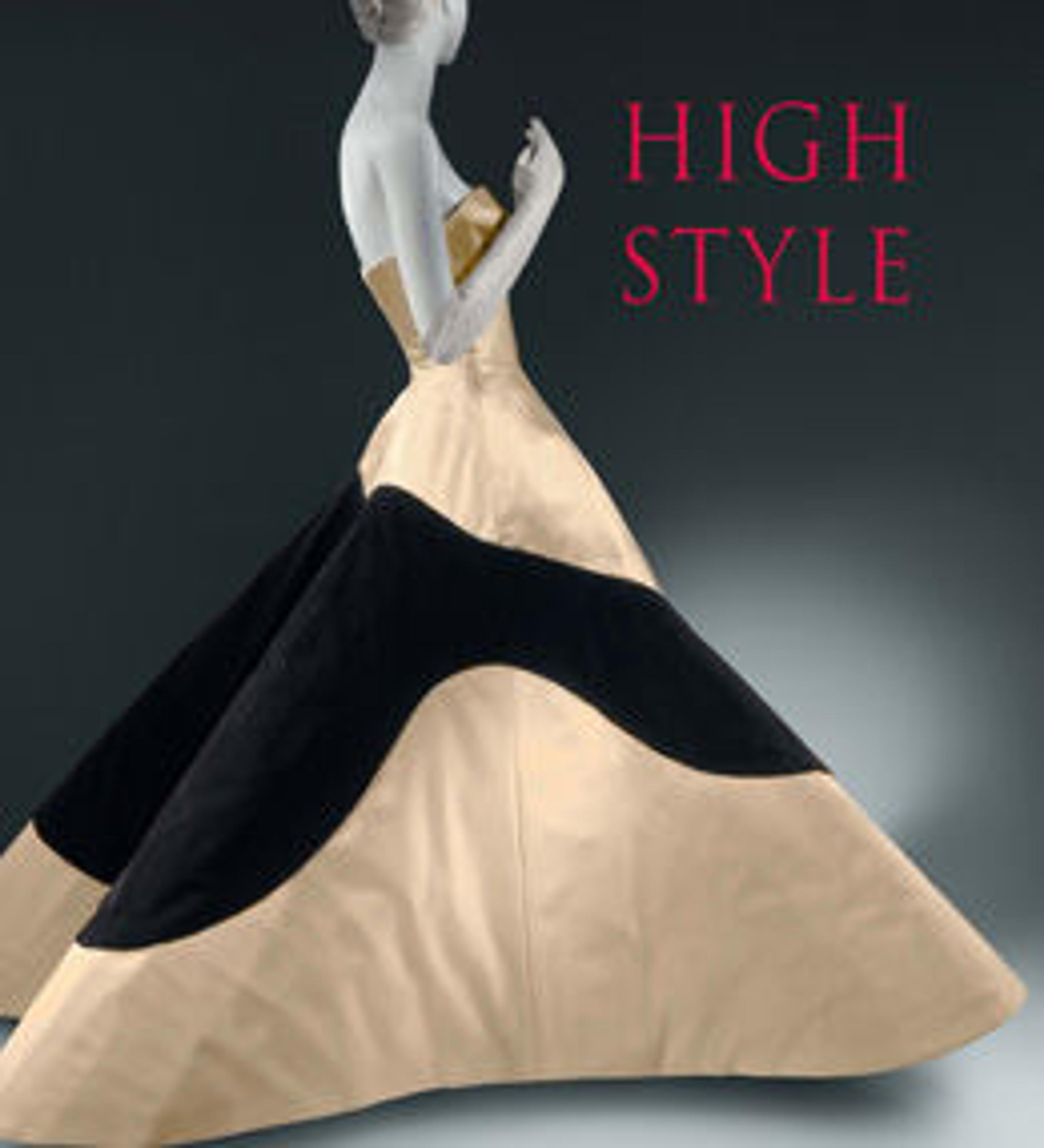Evening ensemble
Millicent Rogers, the original owner of this ensemble, was a woman of great personal style. She often worked closely with designers to infuse her own sartorial aesthetic into her clothes, including touches authentic to her most current surroundings. This particular ensemble by Mainbocher is an example of the custom designs Rogers enjoyed wearing. One of three examples in the Brooklyn Museum's collection (see 2009.300.172), this design is inspired by the 1830s, the Biedermeier period, which held particular fascination for Rogers. She began to collect Biedermeier furnishings during her years in Austria before World War II, and upon her return to America at the onset of the war, she decorated her home in Virginia, Claremont Manor, built in 1750, with Biedermeier furniture. Often exhibited as an example of her unparalleled sense of style, this Mainbocher creation is also a unique example of Rogers' working relationship with many designers and her inimitable sense of style.
Artwork Details
- Title:Evening ensemble
- Design House:Mainbocher (French and American, founded 1930)
- Designer:Mainbocher (American, 1890–1976)
- Date:1949
- Culture:American
- Medium:silk
- Credit Line:Brooklyn Museum Costume Collection at The Metropolitan Museum of Art, Gift of the Brooklyn Museum, 2009; Gift of Arturo and Paul Peralta-Ramos, 1954
- Object Number:2009.300.788a, b
- Curatorial Department: The Costume Institute
More Artwork
Research Resources
The Met provides unparalleled resources for research and welcomes an international community of students and scholars. The Met's Open Access API is where creators and researchers can connect to the The Met collection. Open Access data and public domain images are available for unrestricted commercial and noncommercial use without permission or fee.
To request images under copyright and other restrictions, please use this Image Request form.
Feedback
We continue to research and examine historical and cultural context for objects in The Met collection. If you have comments or questions about this object record, please contact us using the form below. The Museum looks forward to receiving your comments.
